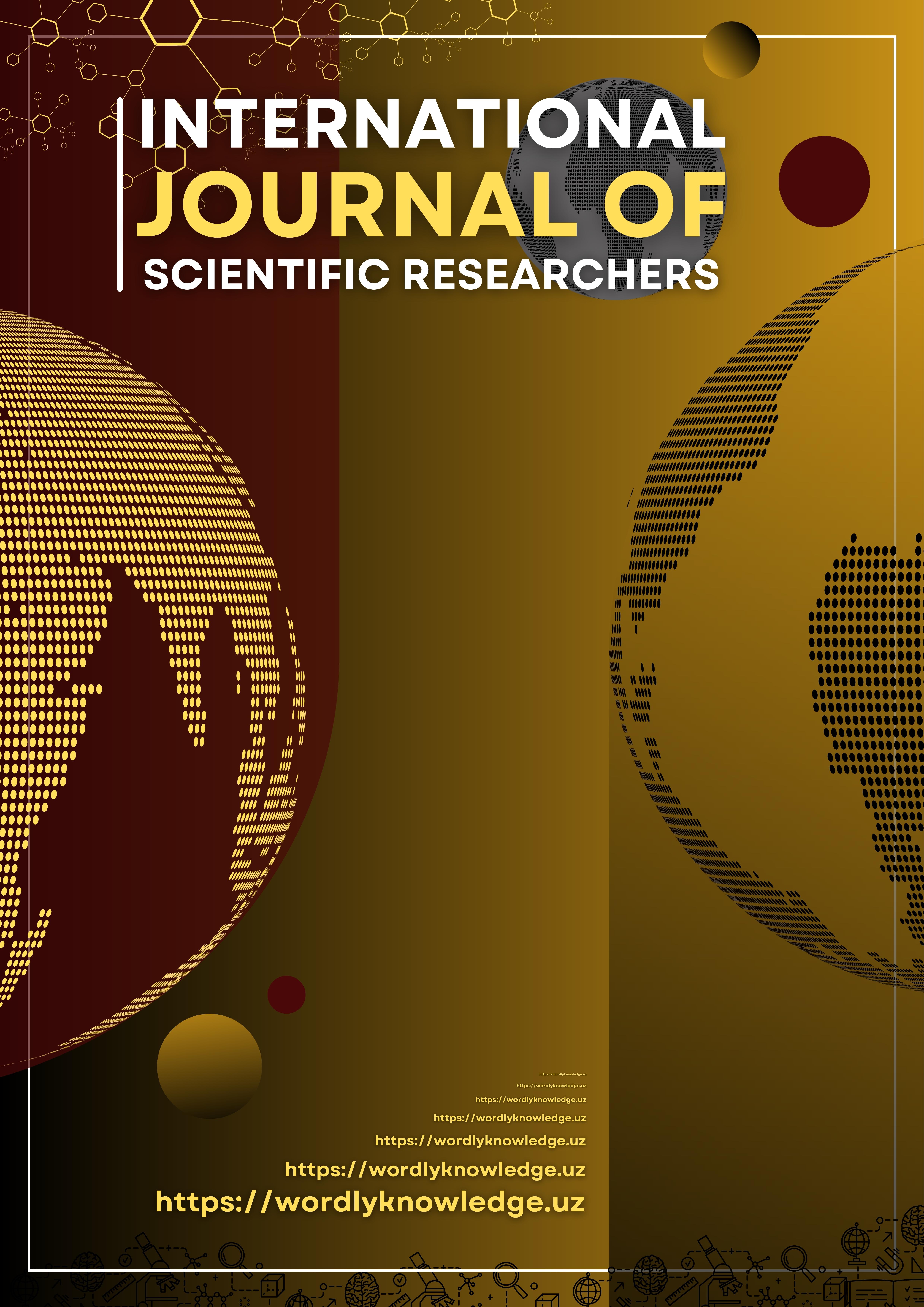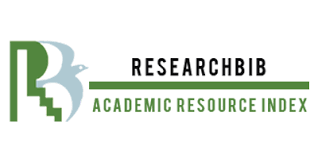THE LANGUAGE OF MEDICAL SCIENCE IN THE MODERN WORLD: ORIGIN, PROCESS AND TERMINOLOGY
Keywords:
Globalization, developing era, medical science, technology, advancements, new termsAbstract
The field of clinical science depends vigorously on exact phrasing to proficiently impart complex thoughts and guarantee precise comprehension between specialists. The language of medication has developed fundamentally over the long run through a cautious course of normalization to portray new disclosures and medicines. This article will analyze the beginning and advancement of clinical phrasing, investigate how new terms enter normal utilization, and talk about a few vital viewpoints and elements of this particular language in the present globalized universe of medical services.
References
Dahm MR. Tales of time, terms, and patient information‐seeking behavior—an exploratory qualitative study. Health Communication, 2012; 27: 682–689.
Fields AM, Freiberg CS, Fickenscher A, Shelley KH. Patients and jargon: are we speaking the same language? Journal of Clinical Anesthesia, 2008; 20: 343–346.
Hong Y, Ehlers K, Gillis R, Patrick T, Zhang J. A usability study of patient‐friendly terminology in an EMR system. Studies in Health Technology and Informatics, 2009; 160: 136–140.
Thompson CL, Pledger LM. Doctor‐patient communication: is patient knowledge of medical terminology improving? Health Communication, 1993; 5: 89–97.
Dirckx JH. The Language of Medicine: Its Evolution, Structure and Dynamics, 2nd edn. Hagerstown, MD: Harper & Row, 1983.
Roper TA, Cox N. Core aspects of history‐taking and examination In: Roper T. (ed.) Clinical Skills, 2nd edn Oxford: Oxford University Press, 2014: 10–27.







